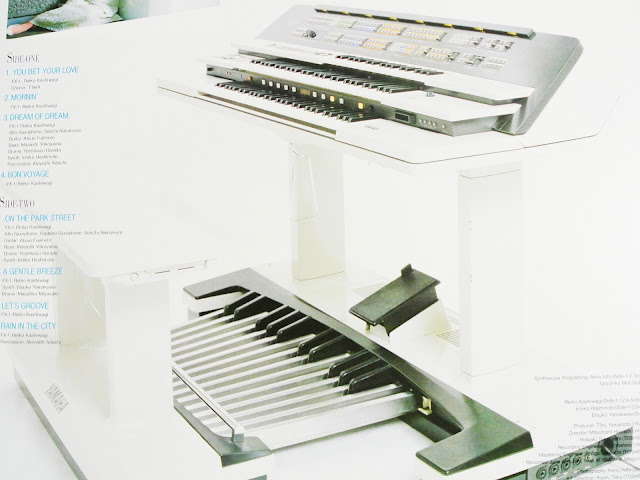My tidbit of knowledge about break-beats, goa-trance, psy-trance, gabba, trip-hop, etc. is from beatmania. The dudes in charge at Konami threw in a dictionaries worth of genres(seriously, who came up with these specifics??) to accompany every song by the impressive array of musicians featured in their DJ Simulation game that reflected the sort of happenings in the underground club scene of the day (or at least, I'd like to think you can kind of sense the year some of these games were released based on the styles of music). Even if I never understood all these crazy genres attached to the title of the songs I was still listening to just about all of it while playing the game--and enjoying it, too. I didn't understand the entire context of what made the way these songs sounded line up with the genres but to hell with whatever broken beats or symphonic jazz was, I just remembered what songs were good and played them. A lot. But again this about how far I went into music like this but I did still have a pretty good idea of it. And I didn't hate it, that's for sure.
By coincidence, I happened upon a CD by the artist Fuzita Blender and it struck a chord--he was an artist in earlier Beatmania IIDX games. None that really floored me, mind you, but looking him up again put me in touch with his label mates, Mind Design, after a random youtube recommendation (let's face it, alright, these sure as hell aren't random):
Mind Design really dealt out an atmospheric kind of electronic happening with these tracks, something that really got me interested. It was spacey, in that groovy neofuturistic spacey, the kind that had curvy Dutch looking chairs and orange and white colors. Something easy to put into perspective if you were fond of some playstation-era video game music. Have to admit that maybe what really seals the deal is the excellent cover art of relics from the iconic Expo '70 fair in Osaka, complete with gnarly saturated colors, that adorns the jackets of this entire series of compilations from the Transonic label.
All of which, so far, has proved really interesting to listen to. I'd of course like to get my hands on some of these CDs for their jackets alone but that's been a much more difficult task. However, I have been able to get a few of the many compilations they dished out every year or so. And interestingly enough, the more experimental ambient duo Inoyamaland, who as been getting a lot of attention lately with reissues and such, were on Transonic at one point in time with their album Music for Myxomycetes--listeners of the trending environmental Japanese ambient music should take note--and appearing in a few comps. That should attest to the good taste of the label, if genres like techno or trance turn you off. They shouldn't, though. Really.
Maybe in time we can get a retrospective of the Transonic label when that electronic music revival finally hits. In the meantime, Mind Design is a well kept secret.




























